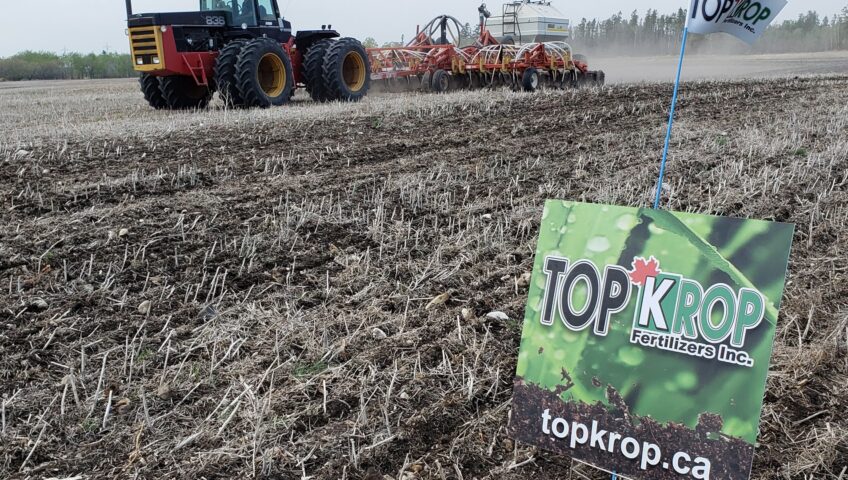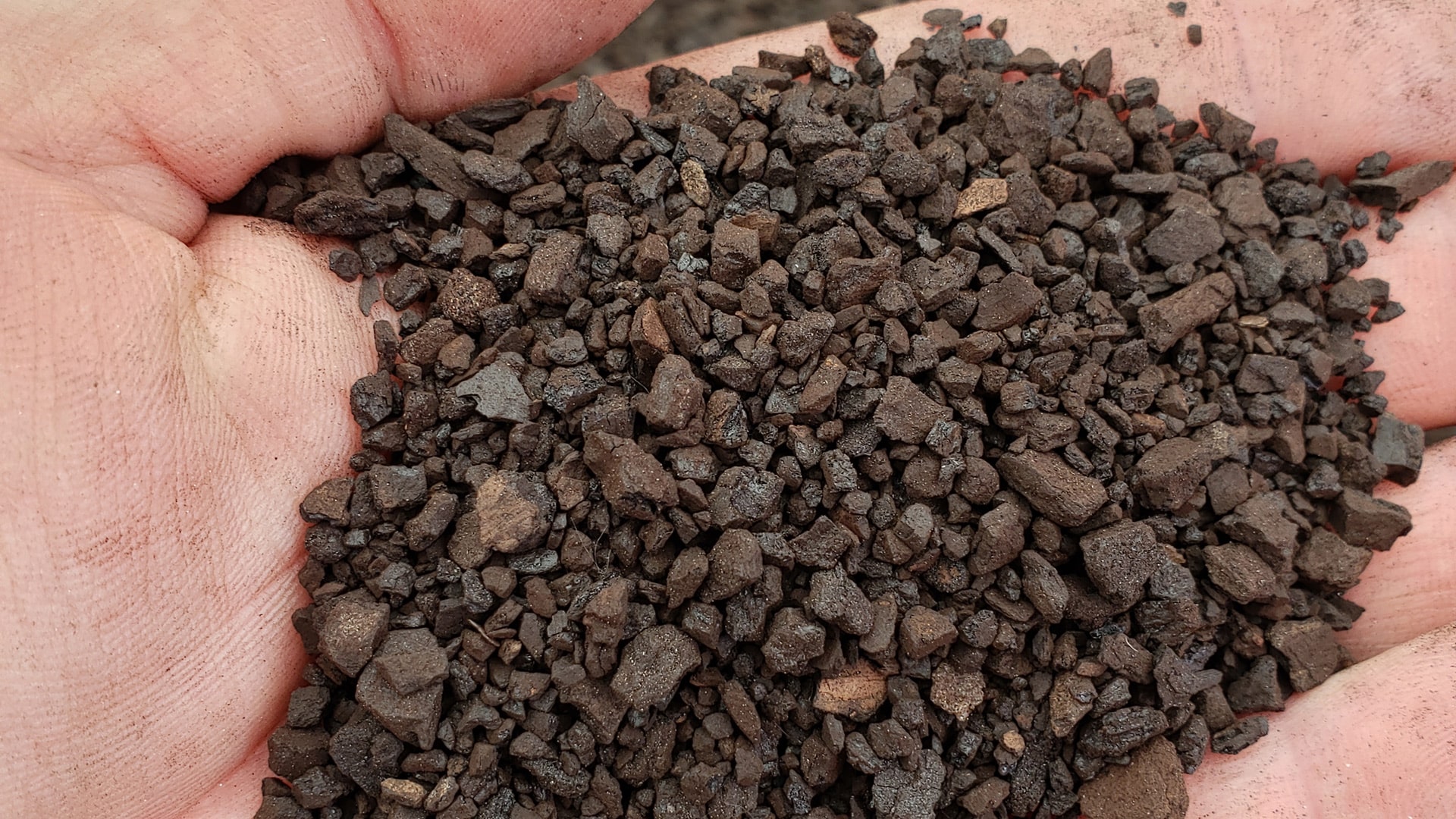With the growing popularity and adoption of humic substances in the agriculture industry, many producers are experiencing the benefits of incorporating humics into their farming practices. These benefits include water retention, enhanced nutrient uptake, and increased microbial activity resulting in higher organic matter breakdown in the soil. When humic is used in-furrow during seeding, producers give the seed the highest chance of germination and quickest emergence.
Water Retention
Raw humic can retain up to seven times its weight in water. Think of how beneficial this is for the seed during the germination period, especially in dry years. Humics capture and store moisture, allowing the seed access to the water when the soil is dry and the seed needs it most. It would be like digging a well before you get thirsty or increasing the size of a retention basin to collect more water when it rains. Access to moisture early on in germination is something we cannot control. Yet, it is one of the most important elements necessary to kickstart and maintain the continued growth of the plant and allow for faster emergence.
Close up of WestMET Ag’s humic granules
Enhanced Nutrient Uptake
Humic exists naturally in the soil and are created through the humidification of carbon. They are usually found associated with lignite coal deposits. Humic acids help to increase the cation exchange capacity. This affects many aspects of the soil chemistry and is used to measure soil fertility, as it indicates the soil’s capacity to retain nutrients in plant-available form. Fulvic acids have a lower molecular weight than humic acids, which means it is made up of smaller particles that can better penetrate through the cell walls of plants. Due to their primarily negative charge, they can bring vital nutrients with them – making fulvic acid a great candidate for foliar applications.
Increased Organic Matter
When humics are incorporated into your fertilizer program, they are designed to refix carbon into the Earth and increase the seed’s access to organic matter. This increase in organic matter helps neutralize the soil’s pH and leave it in a healthier state. When the soil is rich in organic material and neutral in pH, nutrients in the soil are unlocked from chelate bonds, giving the seed full access to all available nutrients. This allows all fertilizer packages to perform better and, in turn, enhance nutrient uptake efficiency. In other words, the seed is now set up with a full buffet of nutritious food at arm’s length when it needs it most during growth and development in the germination process.
Seedling treated with Humic and TK-10
Application
Granular humic can be advantageous for all agricultural uses. It is typically applied with a spreader, floater, or air seeder in-furrow at seeding or broadcasted in dry form. A good place to start with in-furrow applications is 40 lbs/acre with granular humalite. Our line of WestMET Ag products provides multiple options to best suit your operation, so please give us a call to discuss your needs. We will be happy to make a recommendation based on the best fit for your farm.
Regardless of what stage you’re at this year in your farming cycle, it is never too late to consider the benefits of incorporating humic into your fertilizer program, especially at seeding time. Call your TopKrop Rep today see how humic can benefit your farming operation.



